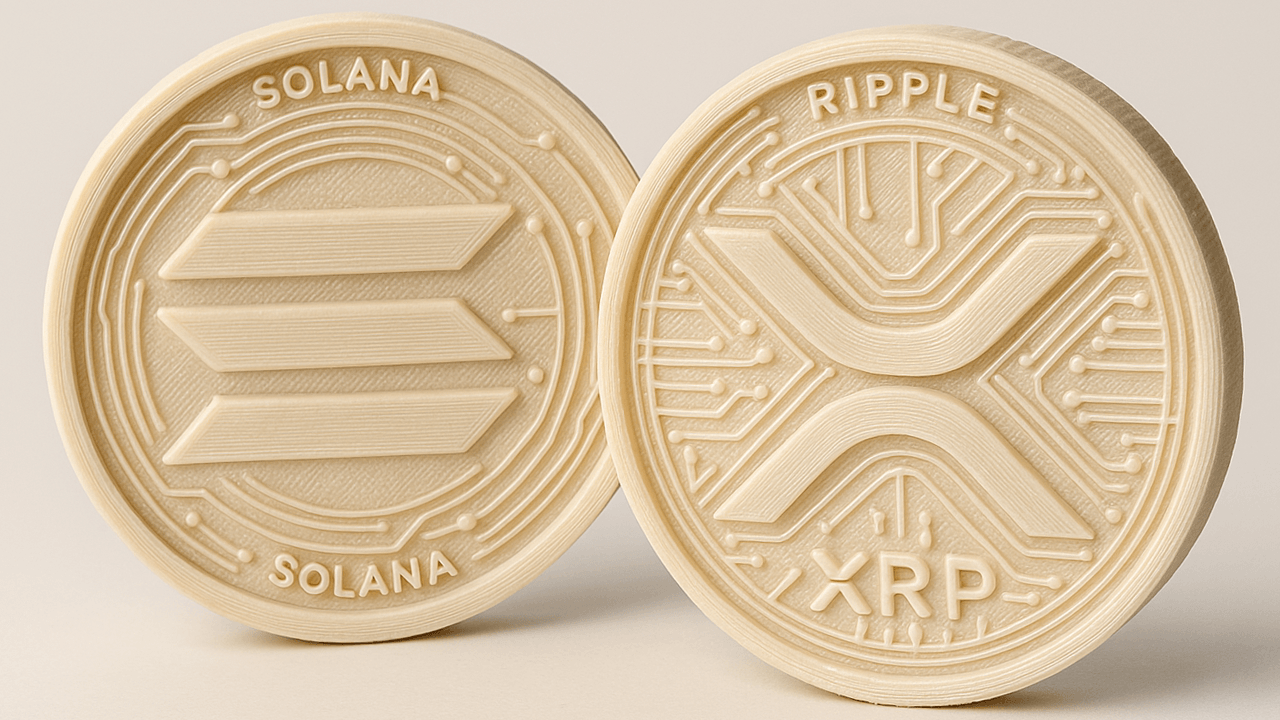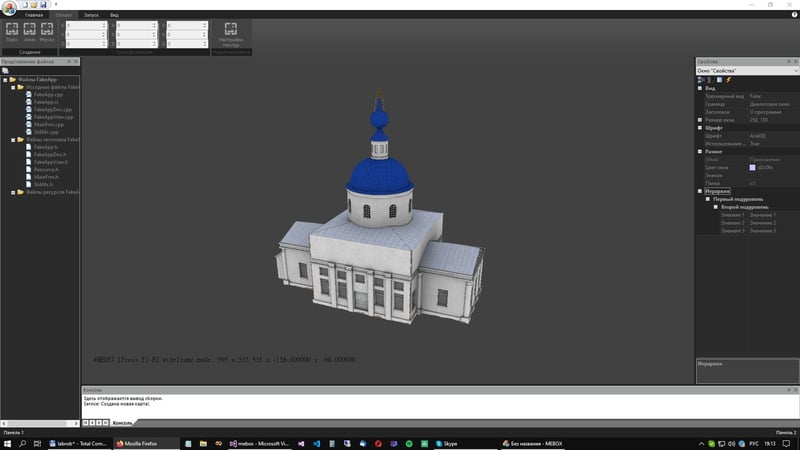Is Arduino Suitable for Developing Commercial Products?
Arduino is a fantastic platform for prototyping and hobbyist projects, but its suitability for commercial product development depends on several factors. Below is a structured analysis: ✅ Advantages of Using Arduino in Products Rapid Prototyping Arduino’s easy-to-use IDE and libraries accelerate development. Great for proof-of-concept (PoC) validation before moving to custom hardware. Large Community & Resources Extensive documentation, tutorials, and open-source libraries. Faster troubleshooting due to widespread adoption. Low Initial Cost Development boards (Uno, Nano) are cheap (~5–20). No need for custom PCB design in early stages. Wide Hardware Support Shields (add-on modules) for Wi-Fi (ESP8266), LoRa, motor control, etc. Compatible with many sensors and actuators. ❌ Limitations for Commercial Products High Per-Unit Cost Arduino boards (e.g., Uno) are expensive for mass production (~20vs.acustommicrocontrollerat 2–$5). Solution: Migrate to standalone ATmega328P or ARM-based MCUs (STM32, ESP32). Power Inefficiency Arduino boards often use linear regulators (wasteful for battery-powered devices). Solution: Use low-power MCUs like ATtiny85 or STM32L4. Limited Processing Power ATmega328P (16MHz, 2KB RAM) struggles with complex tasks (e.g., advanced signal processing). Solution: Upgrade to ESP32 (dual-core, Wi-Fi/BLE), STM32, or Raspberry Pi Pico. Lack of Real-Time Performance Arduino’s non-RTOS environment can cause timing issues in critical applications. Solution: Use FreeRTOS or Zephyr on more advanced MCUs. Certification Challenges Arduino boards lack FCC/CE certifications needed for commercial sales. Solution: Design a custom PCB and certify it.
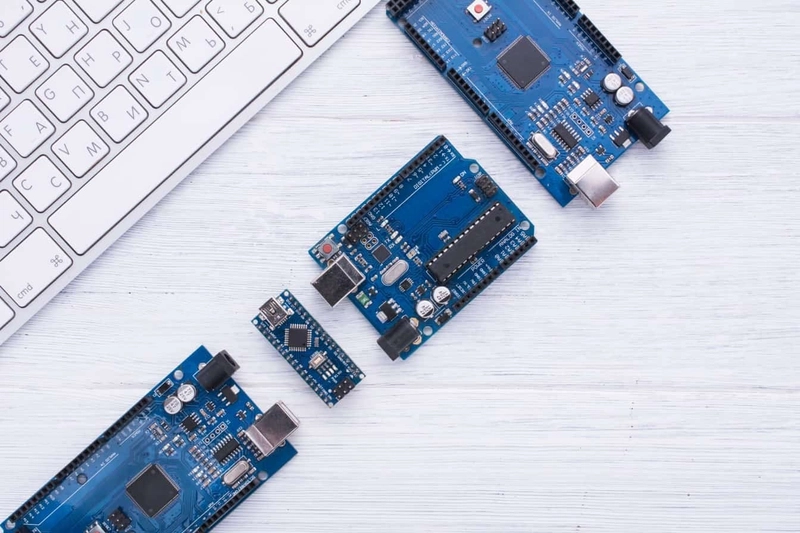
Arduino is a fantastic platform for prototyping and hobbyist projects, but its suitability for commercial product development depends on several factors. Below is a structured analysis:
✅ Advantages of Using Arduino in Products
- Rapid Prototyping
- Arduino’s easy-to-use IDE and libraries accelerate development.
- Great for proof-of-concept (PoC) validation before moving to custom hardware.
- Large Community & Resources
- Extensive documentation, tutorials, and open-source libraries.
- Faster troubleshooting due to widespread adoption.
- Low Initial Cost
- Development boards (Uno, Nano) are cheap (~5–20).
- No need for custom PCB design in early stages.
- Wide Hardware Support
- Shields (add-on modules) for Wi-Fi (ESP8266), LoRa, motor control, etc.
- Compatible with many sensors and actuators.
❌ Limitations for Commercial Products
- High Per-Unit Cost
- Arduino boards (e.g., Uno) are expensive for mass production (~20vs.acustommicrocontrollerat 2–$5).
- Solution: Migrate to standalone ATmega328P or ARM-based MCUs (STM32, ESP32).
- Power Inefficiency
- Arduino boards often use linear regulators (wasteful for battery-powered devices).
- Solution: Use low-power MCUs like ATtiny85 or STM32L4.
- Limited Processing Power
- ATmega328P (16MHz, 2KB RAM) struggles with complex tasks (e.g., advanced signal processing).
- Solution: Upgrade to ESP32 (dual-core, Wi-Fi/BLE), STM32, or Raspberry Pi Pico.
- Lack of Real-Time Performance
- Arduino’s non-RTOS environment can cause timing issues in critical applications.
- Solution: Use FreeRTOS or Zephyr on more advanced MCUs.
- Certification Challenges
- Arduino boards lack FCC/CE certifications needed for commercial sales.
- Solution: Design a custom PCB and certify it.












































































































































































![[The AI Show Episode 143]: ChatGPT Revenue Surge, New AGI Timelines, Amazon’s AI Agent, Claude for Education, Model Context Protocol & LLMs Pass the Turing Test](https://www.marketingaiinstitute.com/hubfs/ep%20143%20cover.png)














































































































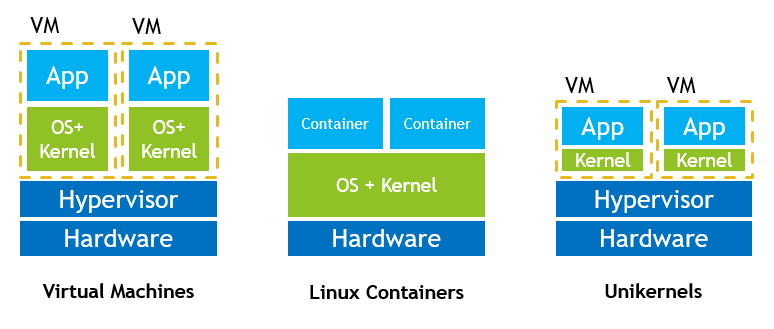


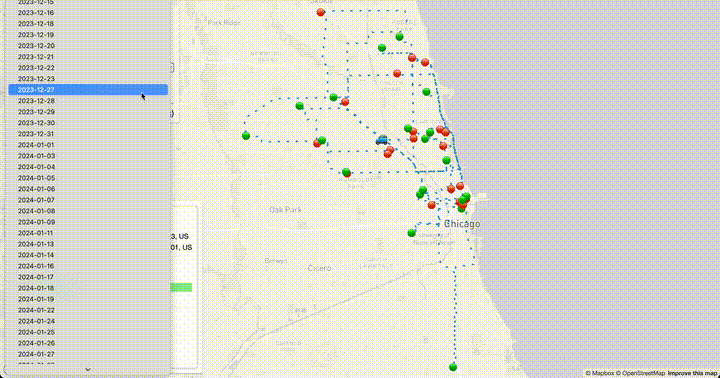








![[DEALS] Microsoft Visual Studio Professional 2022 + The Premium Learn to Code Certification Bundle (97% off) & Other Deals Up To 98% Off](https://www.javacodegeeks.com/wp-content/uploads/2012/12/jcg-logo.jpg)



![From Accountant to Data Engineer with Alyson La [Podcast #168]](https://cdn.hashnode.com/res/hashnode/image/upload/v1744420903260/fae4b593-d653-41eb-b70b-031591aa2f35.png?#)







































































































.png?#)













































































































































![iPadOS 19 Will Be More Like macOS [Gurman]](https://www.iclarified.com/images/news/97001/97001/97001-640.jpg)
![Apple TV+ Summer Preview 2025 [Video]](https://www.iclarified.com/images/news/96999/96999/96999-640.jpg)
![Apple Watch SE 2 On Sale for Just $169.97 [Deal]](https://www.iclarified.com/images/news/96996/96996/96996-640.jpg)

























































































































